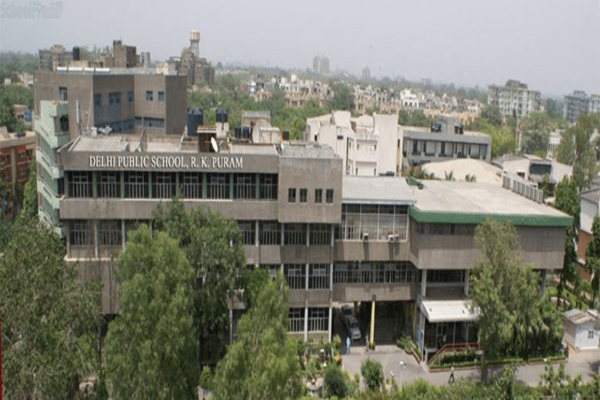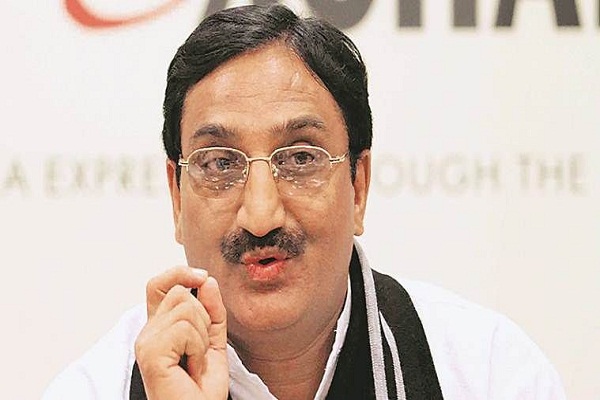 Genpact Limited has announced the signing of an agreement with the Indian Institute of Management, Udaipur (IIMU). Under this seven-year agreement, IIMU and Genpact will jointly develop a center for asset-based lending and finance and an analytics laboratory which will give students the opportunity to solve real time problems, work on proprietary and industry leading software tools and technology as well as get hands on industry experience.
Genpact Limited has announced the signing of an agreement with the Indian Institute of Management, Udaipur (IIMU). Under this seven-year agreement, IIMU and Genpact will jointly develop a center for asset-based lending and finance and an analytics laboratory which will give students the opportunity to solve real time problems, work on proprietary and industry leading software tools and technology as well as get hands on industry experience.
Under the agreement, Genpact will offer summer internships to full-time students and set up a merit- based scholarship. Students who earn the post graduate diploma in management will be eligible for full-time employment at Genpact in its rapidly-growing banking, analytics and finance businesses.
IIMU and Genpact will also work together to create specializations in asset-based lending using application and practical software simulation to identify trends, assess risks, and predict emerging issues in the constantly evolving financial marketplace. This knowledge partnership will build a strong industry-academia linkage to promote, advance and enhance intellectual and innovative capabilities in asset-based lending, finance and analytics and expose students to global best practices. Genpact has a tradition of developing programs with academic institutions globally, including China, India and the U.S. to develop talent in line with the changing market environment.
“It is paramount for the industry to work closely with educational institutions to integrate market evolution with business curriculum,” said Mohit Thukral, senior vice president and business leader, Banking, Financial Services and Insurance, Genpact. “This unique partnership will expose students to Genpact’s cutting-edge technological expertise and will cultivate knowledge-based DNA in young leaders in fields that are expected to grow exponentially over the next decade.”
“The business landscape in the financial sector is more complex and unpredictable than ever before. To address demands of this dynamic sector we need to create a platform where industry and academia can jointly work on these concerns. The IIMU Genpact Knowledge Partnership is a timely response to these challenges. This unique partnership aims to create leaders for financial sector, advance knowledge in the field and in the process make a difference to the sector,” said Janat Shah, Director, Indian Institute of Management, Udaipur.
 With the motive to strap up creative and innovative talents of school children, Central Board of Secondary Education had launched IGNITE in 2007 in alliance with National Innovation Foundation and Honey Bee Network.
With the motive to strap up creative and innovative talents of school children, Central Board of Secondary Education had launched IGNITE in 2007 in alliance with National Innovation Foundation and Honey Bee Network.


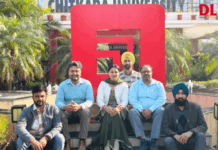




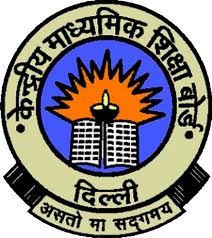
 A student, who was unable to get through the All India Engineering Entrance Exams (AIEEE) 2012, has moved the Delhi High Court challenging the CBSE merit list alleging four questions were wrongly framed due to which he scored less mark.
A student, who was unable to get through the All India Engineering Entrance Exams (AIEEE) 2012, has moved the Delhi High Court challenging the CBSE merit list alleging four questions were wrongly framed due to which he scored less mark.
 has asked the Andhra Pradesh government and the NTR Health University to respond to a plea, which has alleged that several meritorious candidates have been denied admissions on the management quota seats in various private colleges of the state.Issuing notices last Friday, also to the private colleges, on petitions filed by a group of students, a bench of justices HL Dattu and CK Prasad said admissions made till date for academic year 2012 will be subject to the final outcome of the students’ pleas, pending before it.
has asked the Andhra Pradesh government and the NTR Health University to respond to a plea, which has alleged that several meritorious candidates have been denied admissions on the management quota seats in various private colleges of the state.Issuing notices last Friday, also to the private colleges, on petitions filed by a group of students, a bench of justices HL Dattu and CK Prasad said admissions made till date for academic year 2012 will be subject to the final outcome of the students’ pleas, pending before it.
 The West Bengal government on Tuesday announced that it would provide increment to those professors of government colleges who have undergone higher studies such as M.Phil and PhD under the Career Advancement Scheme (CAS) of the University Grants Commission.
The West Bengal government on Tuesday announced that it would provide increment to those professors of government colleges who have undergone higher studies such as M.Phil and PhD under the Career Advancement Scheme (CAS) of the University Grants Commission.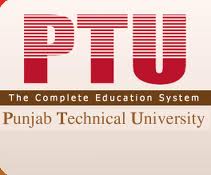
 Punjab State Road Safety Council introduced Road Safety as a compulsory subject into the Panjab University curriculum from this session as ‘Environment Education and Road Safety’.
Punjab State Road Safety Council introduced Road Safety as a compulsory subject into the Panjab University curriculum from this session as ‘Environment Education and Road Safety’.
 Bank officers rejecting education loan applications without sufficient reasons would be penalised. Finance Minister, P Chidambaram has said that no application should be turned down by the officer who is receiving it. It can only be turned down by one level higher. They will now penalise branch managers who turn down, say, 5/10 deserving applications which are overturned by a superior officer.
Bank officers rejecting education loan applications without sufficient reasons would be penalised. Finance Minister, P Chidambaram has said that no application should be turned down by the officer who is receiving it. It can only be turned down by one level higher. They will now penalise branch managers who turn down, say, 5/10 deserving applications which are overturned by a superior officer.
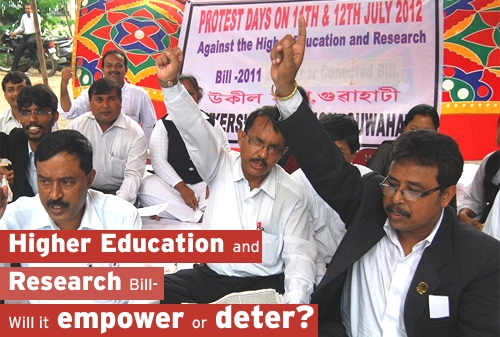
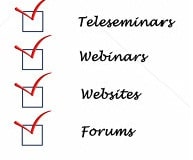
 OMR India Outsources (OMR – IOS) introduces e-Marker, an online marking tool to increase the efficiency and effectiveness of the marking process in Indian education sector.Moving away from traditional paper based marking to electronic marking methods; e-Marker will bring improvements in both marking quality and the ability to monitor the marking progress.
OMR India Outsources (OMR – IOS) introduces e-Marker, an online marking tool to increase the efficiency and effectiveness of the marking process in Indian education sector.Moving away from traditional paper based marking to electronic marking methods; e-Marker will bring improvements in both marking quality and the ability to monitor the marking progress.
 Genpact Limited has announced the signing of an agreement with the Indian Institute of Management, Udaipur (IIMU). Under this seven-year agreement, IIMU and Genpact will jointly develop a center for asset-based lending and finance and an analytics laboratory which will give students the opportunity to solve real time problems, work on proprietary and industry leading software tools and technology as well as get hands on industry experience.
Genpact Limited has announced the signing of an agreement with the Indian Institute of Management, Udaipur (IIMU). Under this seven-year agreement, IIMU and Genpact will jointly develop a center for asset-based lending and finance and an analytics laboratory which will give students the opportunity to solve real time problems, work on proprietary and industry leading software tools and technology as well as get hands on industry experience.
 Trinity College Dublin has announced the launch of postgraduate scholarships for Indian students. Trinity College is ranked 65th in the world by the QS World University Rankings.
Trinity College Dublin has announced the launch of postgraduate scholarships for Indian students. Trinity College is ranked 65th in the world by the QS World University Rankings.









